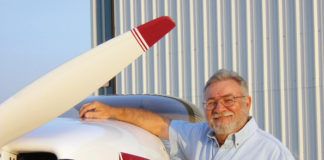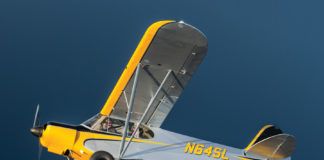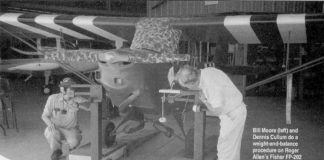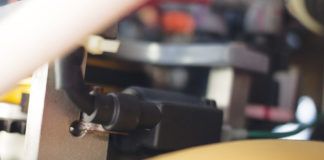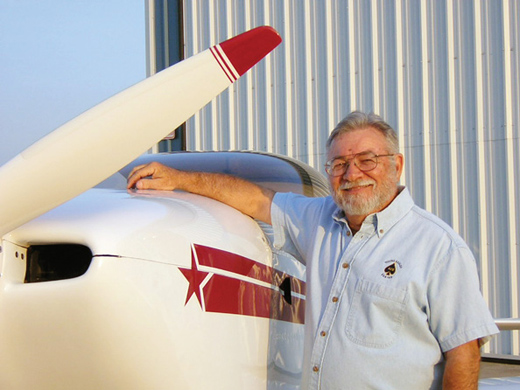
Question:I purchased a T-Bird II from a friend who had a hard landing with it. He had a bill of sale from another individual and was able to obtain an N-number. He did not apply for an airworthiness certificate.
Will a DAR require proof of 51% amateur-built work? The person I bought it from said he purchased it used from the T-Bird distributor. He said it had 46 hours on it. All he had to do was bolt on the wings and tail. No other paperwork was given to him. I have not talked to the FAA yet, as I don’t want to open up a can of worms until I get this all straightened out.
I have repaired all of the damage and the aircraft is ready for flight. What do I need to do to properly register and comply with the airworthiness requirements? I am an A/P and have done all of the repairs following proper aircraft maintenance procedures.
Answer: Yes, a DAR or FAA inspector will require proof of 51% amateur-built compliance. This is required for all amateur-built applications. I’m not quite sure how the aircraft can have 46 hours without an airworthiness certificate. If all your friend had to do was bolt on the wings and tail, there’s no way it would comply with the 51% rule. It appears that this aircraft would not meet Amateur-Built requirements. The only option I can see is to register it in the Experimental Exhibition category. This is not a good option, but it’s the only one I see.
Question: In previous columns, you have explained that it is possible to convert a factory-built SLSA to an ELSA, but you cannot build an ELSA unless it is provided as an approved kit. The FAA often has strange logic. Why can’t I design and build my own Experimental aircraft and license it as ELSA if it meets all LSA requirements?
Answer: First off, when I attend FAA recurrent training seminars, one of the first things they usually tell us is, “We don’t answer ‘why’ questions.” The FAA has their own way of doings things, and that’s the way it is.
Now, to answer your question: Aircraft registered as SLSA and ELSA are designed and built to ASTM standards and must be certified as such. The only way you can license an aircraft of your own design as an ELSA is to have it certified to ASTM standards.
However, as I’m sure you are aware, an aircraft does not have to be registered as SLSA or ELSA to be LSA compliant. A Sport Pilot may fly any aircraft that is LSA compliant, including most Piper Cubs and many Amateur-Built aircraft. Because of this, I’m not sure I understand your reasoning to want an aircraft that is “licensed as ELSA.” If the aircraft you design is LSA compliant, you can simply license it as E/A-B and fly it as a Sport Pilot.
Question: Can an LSA Searey be flown for profit? Two local instructors are offering 20 minutes of flying in the local water area for $99 or $250 for the whole family. I don’t know if the aircraft was assembled by the factory or built from a kit.
Answer: If the aircraft is certificated in the Light Sport category, i.e., a factory-built SLSA, it can be used commercially. If it is certificated in the Experimental category, i.e., ELSA or E/A-B, the answer is no.
Please send your questions for DAR Asberry to [email protected] with “Ask the DAR” in the subject line.
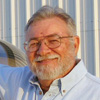
![]()
Mel Asberry is an experienced Designated Airworthiness Representative specializing in Experimental/Amateur-Built aircraft. He and his wife, Ann, have built seven amateur-built airplanes including two ultralight types, a Moni Motorglider, a Dragonfly Mk2, two RV-6s and a Zenair CH 601HDS. They are currently building a scratch-built biplane.







